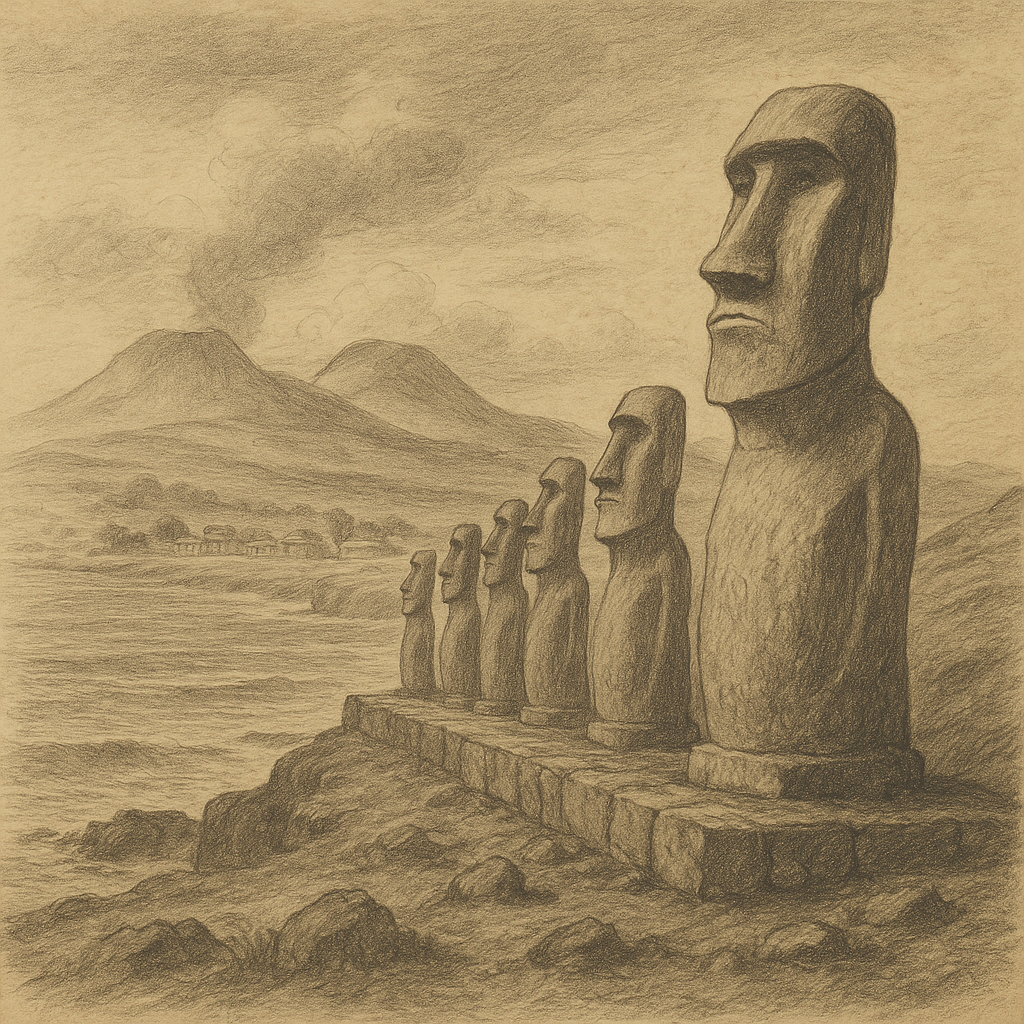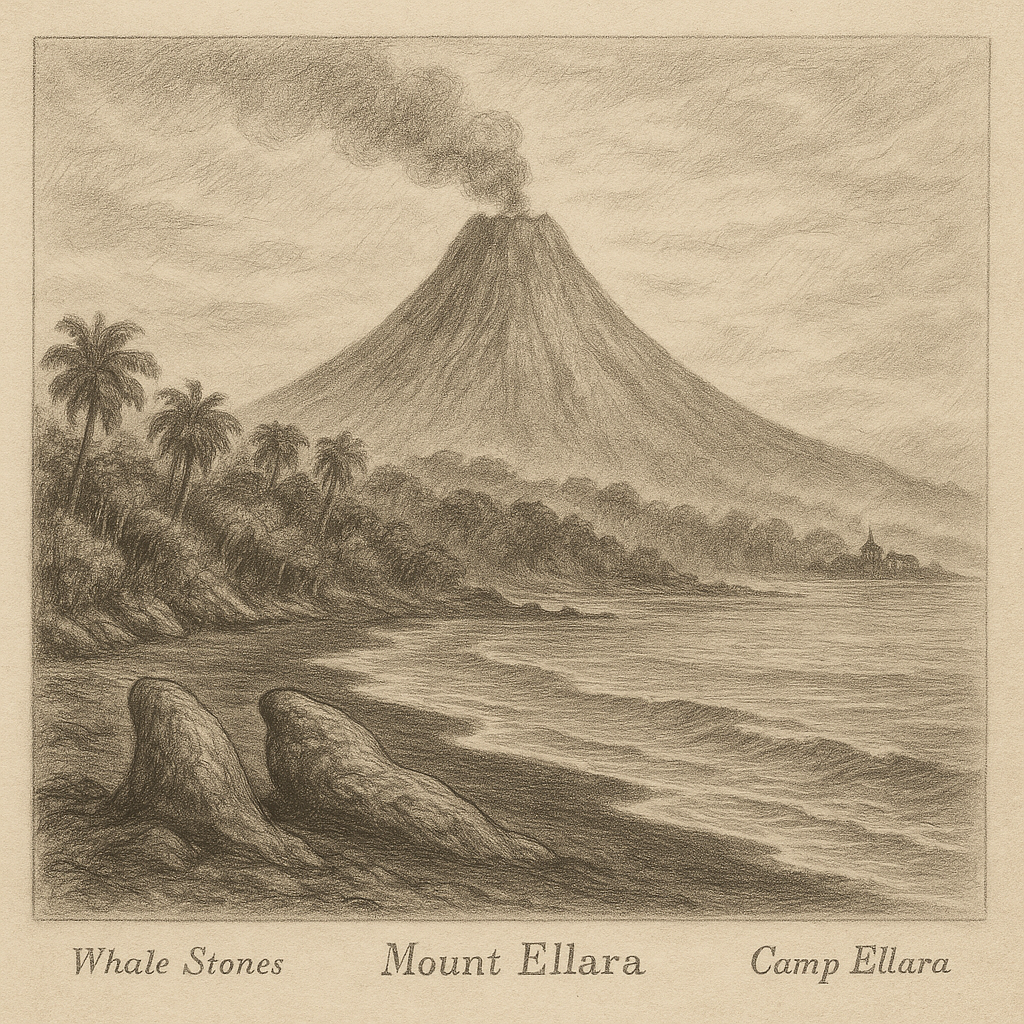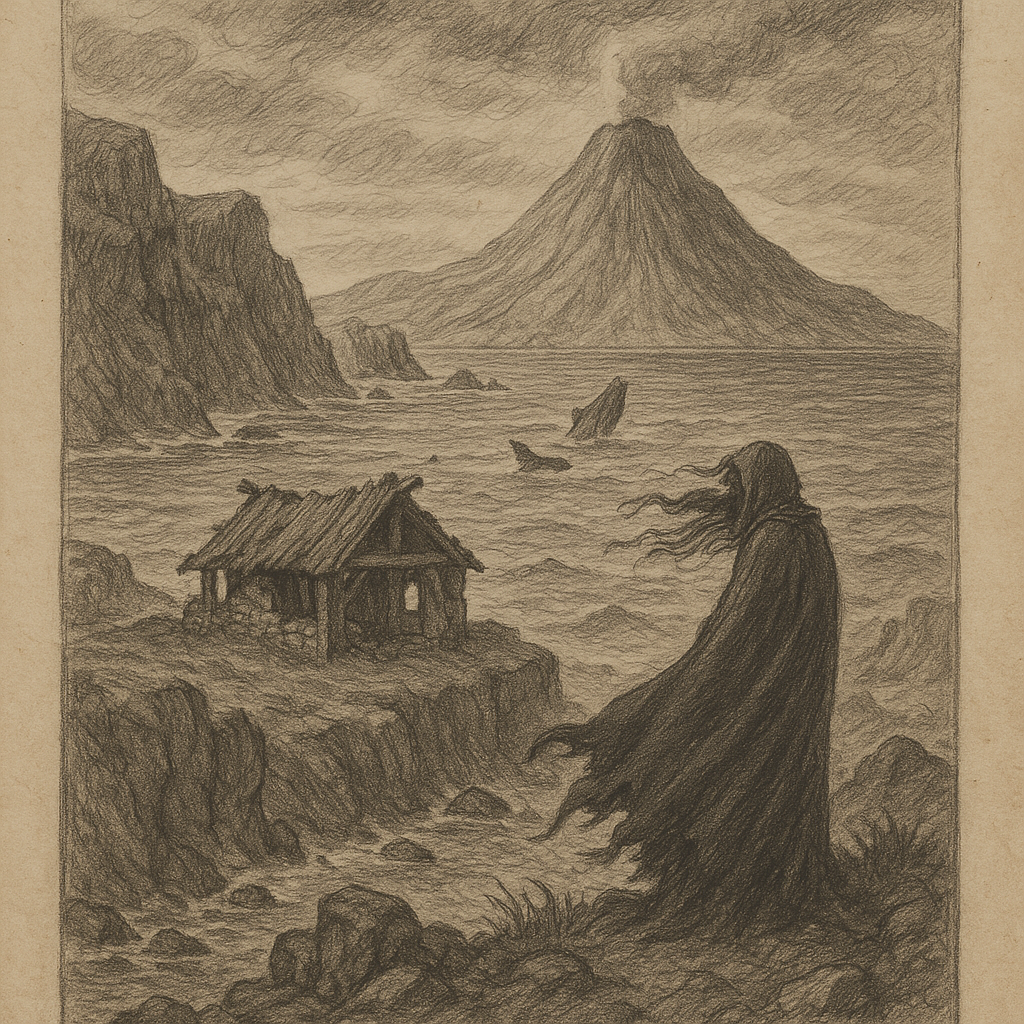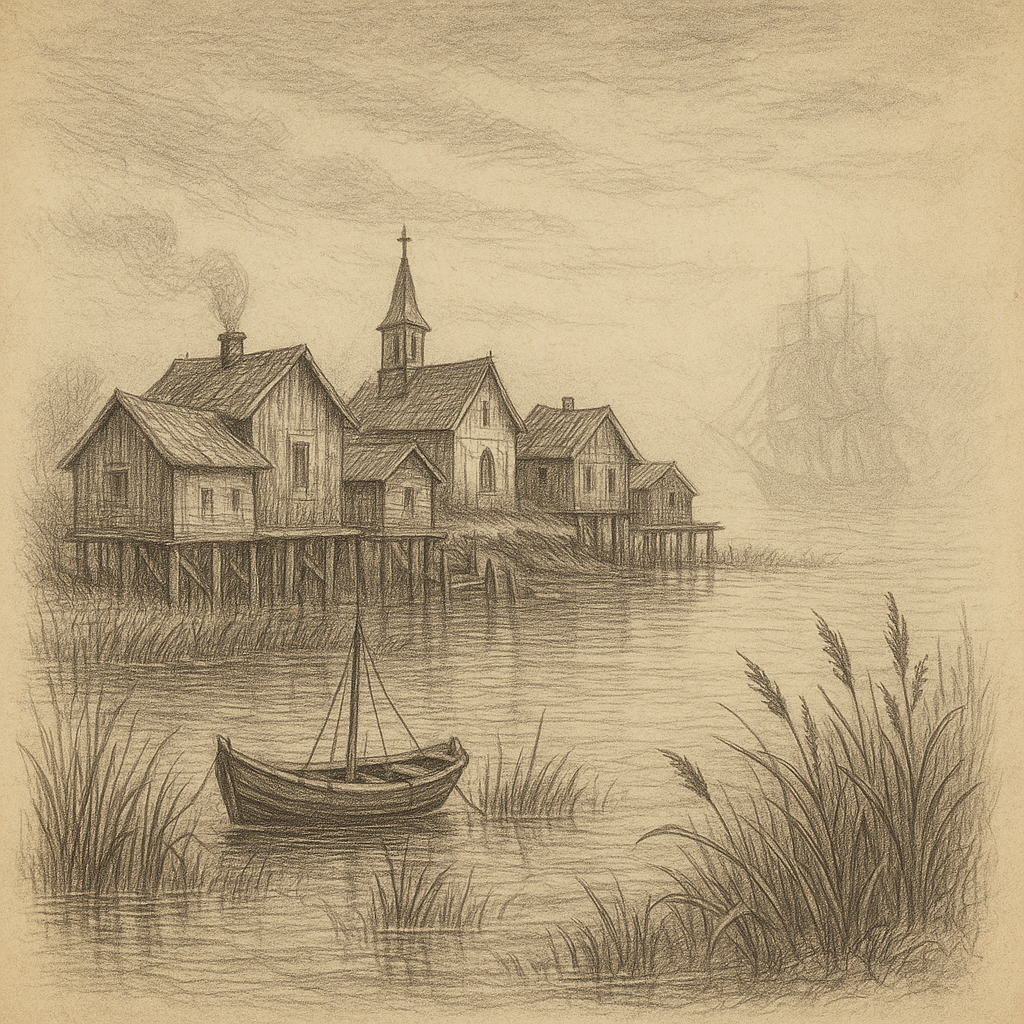Introduction to Rapa Nui
Rapa Nui, also known as Easter Island, is an isolated volcanic island located in the southeastern Pacific Ocean. It is widely celebrated for its enigmatic moai statues and rich Polynesian culture and is considered one of the most remote inhabited places on Earth. Geopolitically a part of Chile, Rapa Nui lies approximately 3,700 kilometers west of the South American continent and about 2,000 kilometers east of Pitcairn Island.
Geological and Geographical Features
Rapa Nui is of volcanic origin, primarily formed by three extinct volcanoes: Terevaka, Poike, and Rano Kau. The island spans approximately 163.6 km², with Terevaka being the highest point at 507 meters above sea level. These volcanic formations have contributed to the triangular shape of the island.
The island is situated on the Nazca tectonic plate, which moves westward, and its underlying volcanic hotspot created the island millions of years ago. While there are no active volcanoes today, the rugged volcanic landscape, including lava tubes and craters such as the stunning Rano Raraku and Rano Kau, remains a dominant geological characteristic of Rapa Nui.
Climate and Biodiversity
Rapa Nui experiences a subtropical climate, with warm temperatures year-round and average annual rainfall of about 1,100 mm. The climate is moderated by the Pacific Ocean, resulting in mild variations between seasons. Summers (December to March) are particularly warm and humid, while winters (June to August) are cooler and drier.
Due to its isolation and volcanic soil, the island has a limited variety of flora and fauna. Much of the native forest was lost in prehistoric times, likely due to deforestation by early inhabitants. Today, restoration projects aim to reestablish native vegetation like the toromiro tree, which went extinct in the wild but has been cultivated in botanical gardens.
Fauna includes seabirds like the sooty tern and various introduced species such as horses, cows, and sheep. Marine life around the island is more diverse, with coral reefs supporting a range of fish, sea turtles, and marine mammals.
The Moai and Cultural Heritage
Rapa Nui is home to over 900 moai — giant stone statues erected between the 13th and 16th centuries by the Rapa Nui people. These statues, carved primarily from volcanic tuff at the Rano Raraku quarry, often stand on ceremonial platforms known as ahu. The average moai stands about 4 meters tall and weighs up to 14 tons, though some are significantly larger.
The moai are believed to represent deified ancestors and were placed facing inland to watch over the villages. Their construction and transportation, using rudimentary tools, demonstrate the incredible ingenuity and social organization of the early Rapa Nui civilization.
Today, Rapa Nui National Park, which covers much of the island, is a UNESCO World Heritage Site. It works to preserve the cultural and archaeological treasures of the island, including the restoration of several moai and ahu.
Modern Inhabitants and Visiting the Island
Currently, Rapa Nui has a population of around 7,000 people, most of whom live in the island’s only town, Hanga Roa. The majority are descendants of the original Polynesian settlers, with a unique culture that blends ancient traditions and modern influences.
The island is accessible by regular flights from Santiago, Chile, and occasionally from Tahiti. Visitors to the island are subject to regulations designed to protect the fragile ecosystem and heritage sites. Tourism is the main economic activity, followed by fishing and small-scale agriculture.
Interesting Facts About Rapa Nui
– The name “Easter Island” was given by Dutch explorer Jacob Roggeveen, who arrived on the island on Easter Sunday in 1722.
– Despite its remote location, Rapa Nui was once densely populated, with estimates of up to 15,000 people before ecological and social collapse.
– The moai have deep eye sockets and originally had coral eyes with colored irises, giving them a striking and somewhat eerie presence.
– Some moai wear large cylindrical “hats” or topknots made from red scoria, known as pukao.
– In 2018, the government of Chile enacted protections through Rapa Nui’s limited stay law, allowing visitors a maximum of 30 days on the island.
Legends and Mythology
Rapa Nui’s rich oral tradition offers numerous legends that provide insight into the island’s history and cosmology. One legend recounts the arrival of Hotu Matu‘a, the island’s first king, who is said to have voyaged from a distant land called Hiva. Guided by dreams and omens, he and his people settled on the island, dividing it among his children and establishing the moai-building clans.
Another captivating legend involves the Birdman Cult (Tangata Manu), which flourished in later periods when moai construction had ceased. According to tradition, each year, clan representatives competed in a challenging ritual to retrieve the first sooty tern egg from the nearby islet of Motu Nui. The winner’s clan gained political and religious authority for the following year. This ritual was centered at the village of Orongo, built on the rim of the Rano Kau crater, and it remains a powerful symbol of the island’s cultural continuity.
Conservation and the Future of Rapa Nui
As tourism grows and the island faces increasing environmental pressures, conservation efforts remain critical. Local communities, in partnership with international and Chilean organizations, are working tirelessly to protect Rapa Nui’s unique cultural and ecological heritage. Projects include reforestation, archaeological restoration, and sustainable tourism initiatives.
In recent years, Rapa Nui has seen a resurgence in cultural pride. Local language revitalization, traditional music, and dance such as the powerful haka pei — where participants slide down a grassy hill on banana tree trunks — are now integral parts of the island’s identity.
Conclusion
Rapa Nui stands as a testament to human creativity, resilience, and connection with the natural world. From its towering moai and sacred legends to its breathtaking volcanic landscapes and evolving community spirit, the island continues to captivate the imagination of all who visit or study its legacy. As the Rapa Nui people forge a sustainable path forward, they carry with them the enduring spirit of their ancestors manifest in stone and story.



